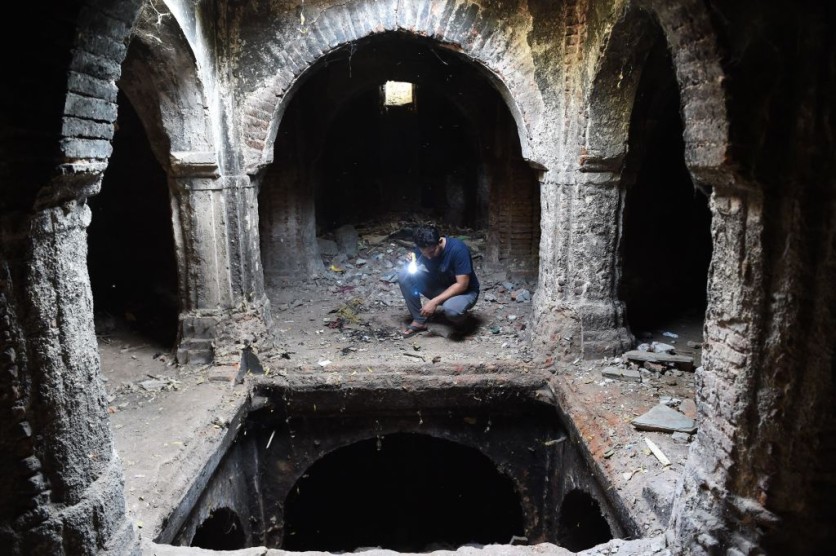Modern structures often stand on a deeply-buried past. Discovering an ancient city in your basement may sound like a far-fetched fantasy story, but it has actually happened in real life.
An unnamed man in the Turkish province of Nevşehir tore down a basement wall and found a massive underground metropolis in 1963, according to a report by IFLScience.

Ancient Underground City
After sledgehammering his wall, the man discovered a tunnel behind it, followed by even more tunnels. Subsequent exploration would render it an 18-story-deep underground city with schools, stables, and chapels.
The city, also known as Derinkuyu, had been deserted for generations. According to archaeologists from the Turkish Department of Culture, construction on the city, which could have held up to 20,000 people, may have started as early as the 8th and 7th century BCE.
The Cappadocia region of Anatolia is located on a plateau that is around 1,000 meters (3,300 feet) high and has a long history of volcanic activity.
Tuff formations in the shape of cones are throughout the area; they resemble minarets because they rise sharply from the surrounding terrain, according to ZME Science.
The Phrygians who started the project didn't go very far with it even though the rock, which was created by deposits of volcanic ash, was soft. The underground homes were about large enough for a family, household animals, and food, according to a document from around 370 BCE that may be about Derinkuyu.
The Byzantine era (about 395 to 1453 CE) saw the city at its height when it was transformed into a maze of tunnels, rooms, and halls that covered 445 kilometers (172 miles)2, according to IFLScience.
Archaeologists also found secret entrances, ventilation shafts, wells, and water conduits throughout the system of tunnels and corridors.
Soft Rock
IFLScience notes that it is possible that the locals exploited the soft rock as food storage, particularly for preserving food at a cool temperature. They may have also transformed it into cities because of how effective they are as a defense system.
To stop opponents from polluting the water supply, residents of the lower levels, for instance, were able to cut off the supply to the upper and ground levels.
The corridors themselves were tiny enough to force any intruders to line up one at a time, and the tunnels themselves could be closed from the inside by spherical rolling stone doors.
Over many years, the city provided refuge to various populations. Muslims hid there during the Arab-Byzantine Wars of 780 and 1180, while the early Christians dwelt there as they fled Roman persecution, according to IFLScience.
Related Article : Archaeologists Find an Extremely Rare 1,300-year-old Gold and Gemstone Necklace From a Medieval Woman in England

ⓒ 2025 TECHTIMES.com All rights reserved. Do not reproduce without permission.




